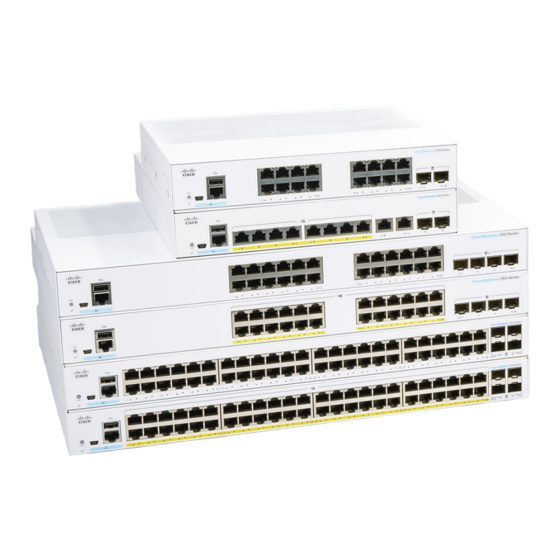- ページ 6
スイッチ Cisco Aironet 350 SeriesのPDF クイック・スタート・マニュアルをオンラインで閲覧またはダウンロードできます。Cisco Aironet 350 Series 12 ページ。 Managed switches
Cisco Aironet 350 Series にも: クイック・スタート・マニュアル (12 ページ), リリースノート (14 ページ), クイック・スタート・マニュアル (16 ページ), クイック・スタート・マニュアル (12 ページ), クイック・スタート・マニュアル (2 ページ), マニュアル (10 ページ), 知る (16 ページ), クイック・スタート・マニュアル (5 ページ)

